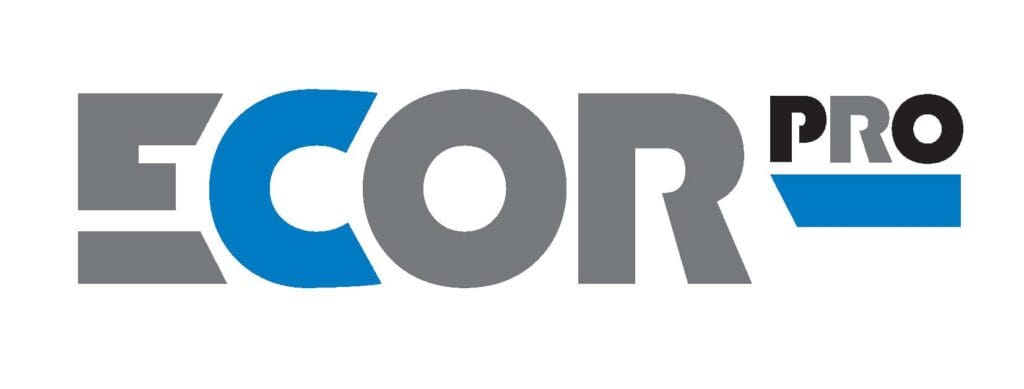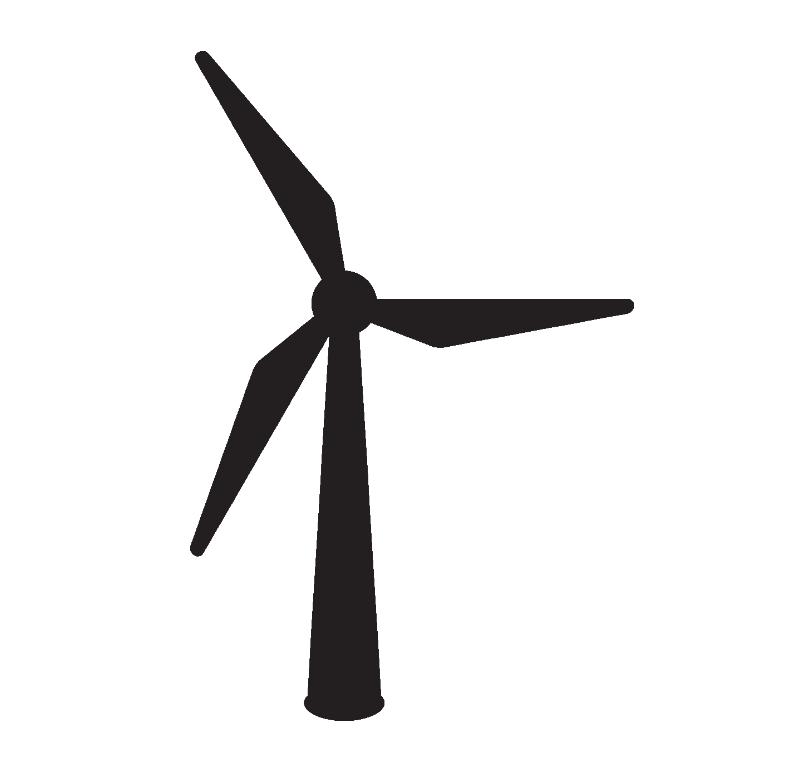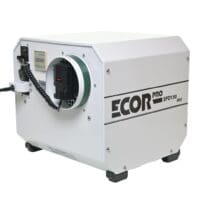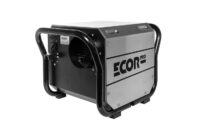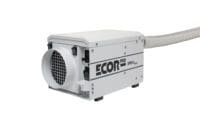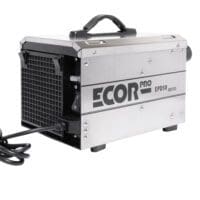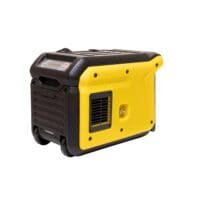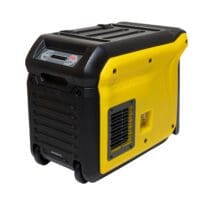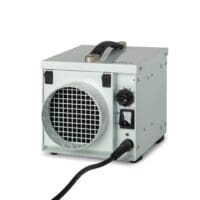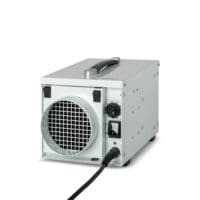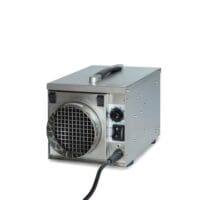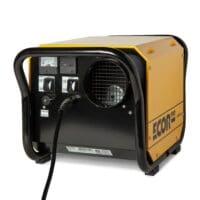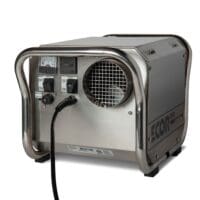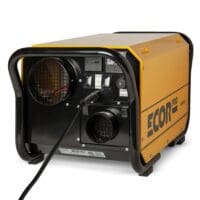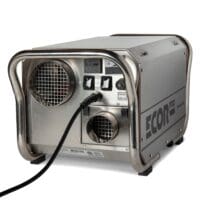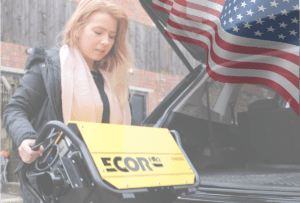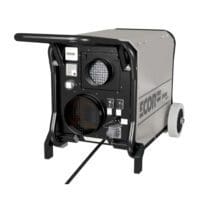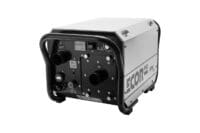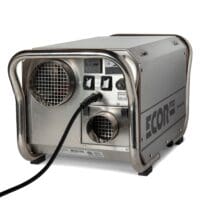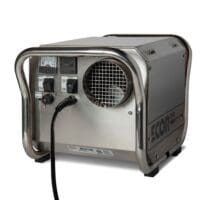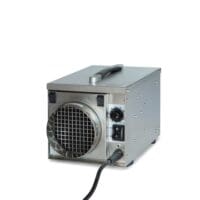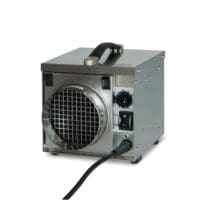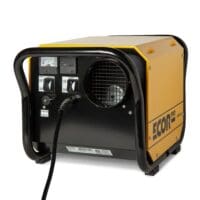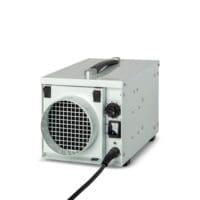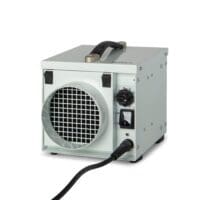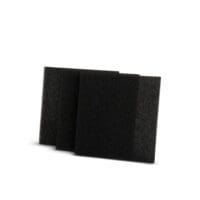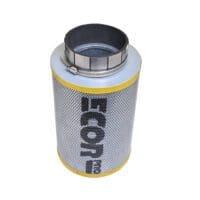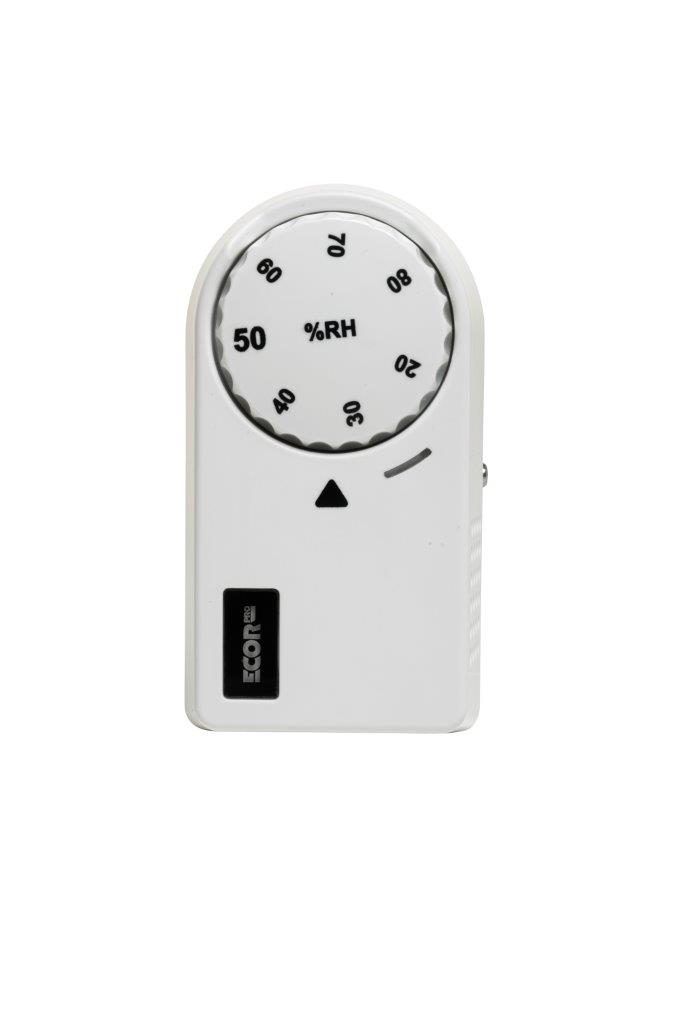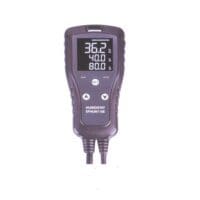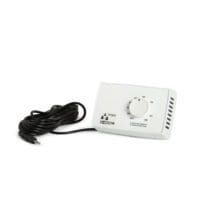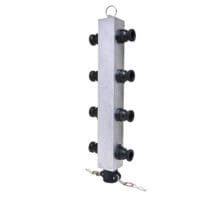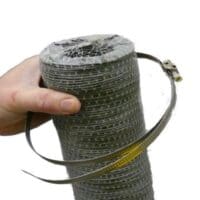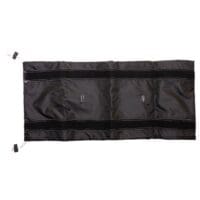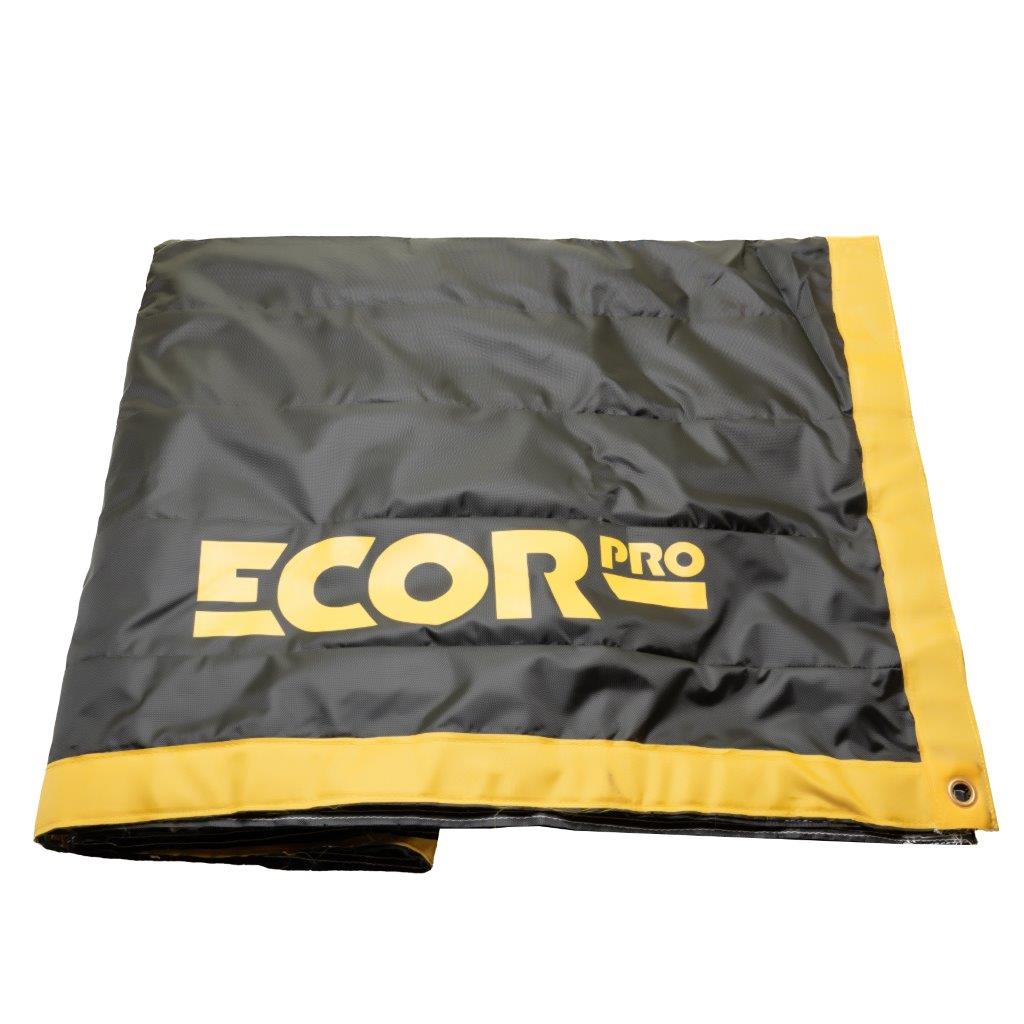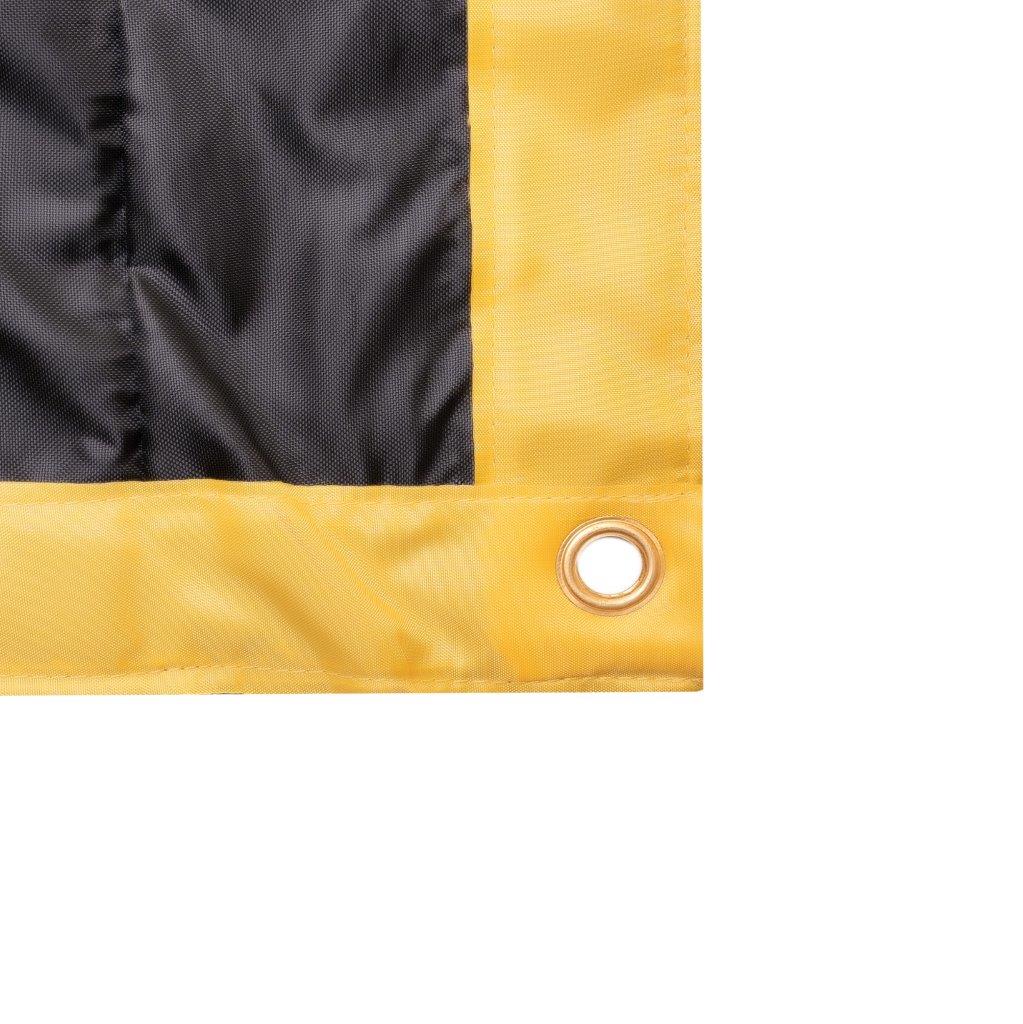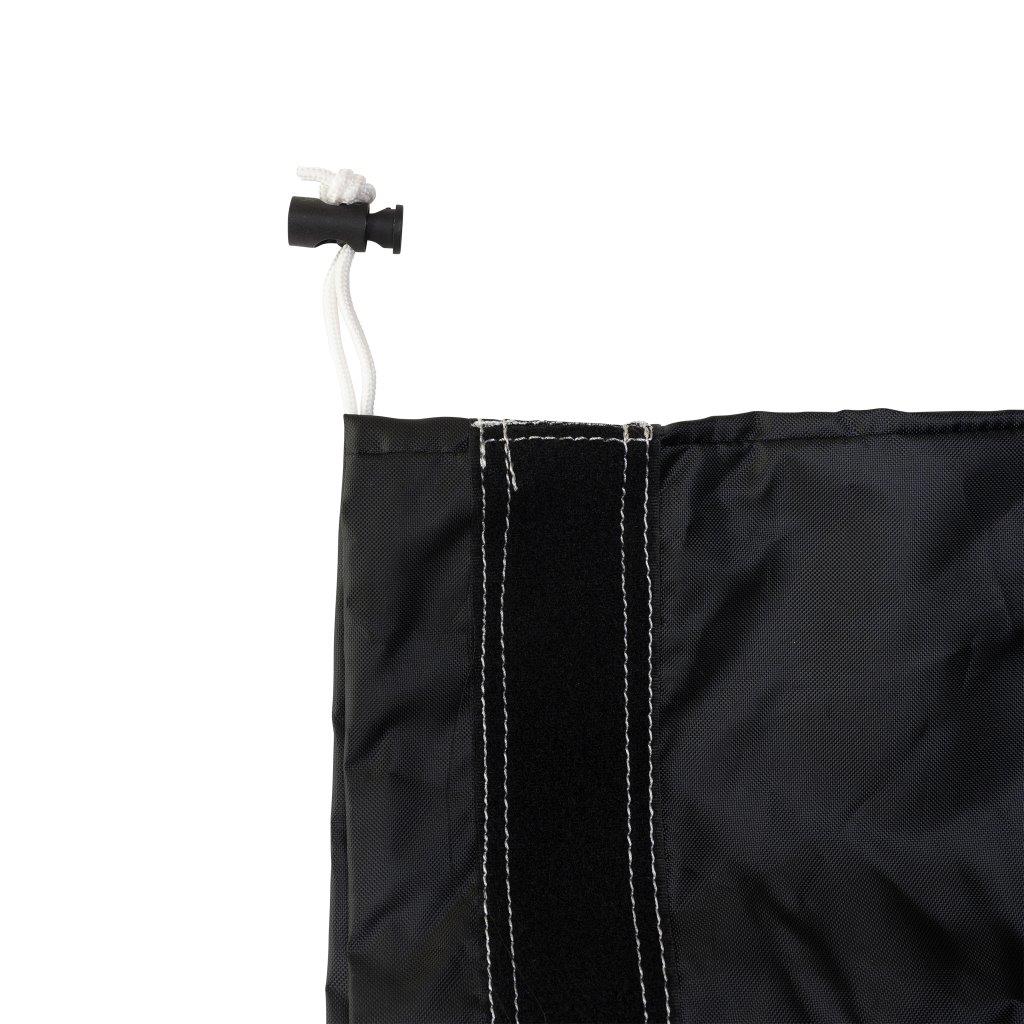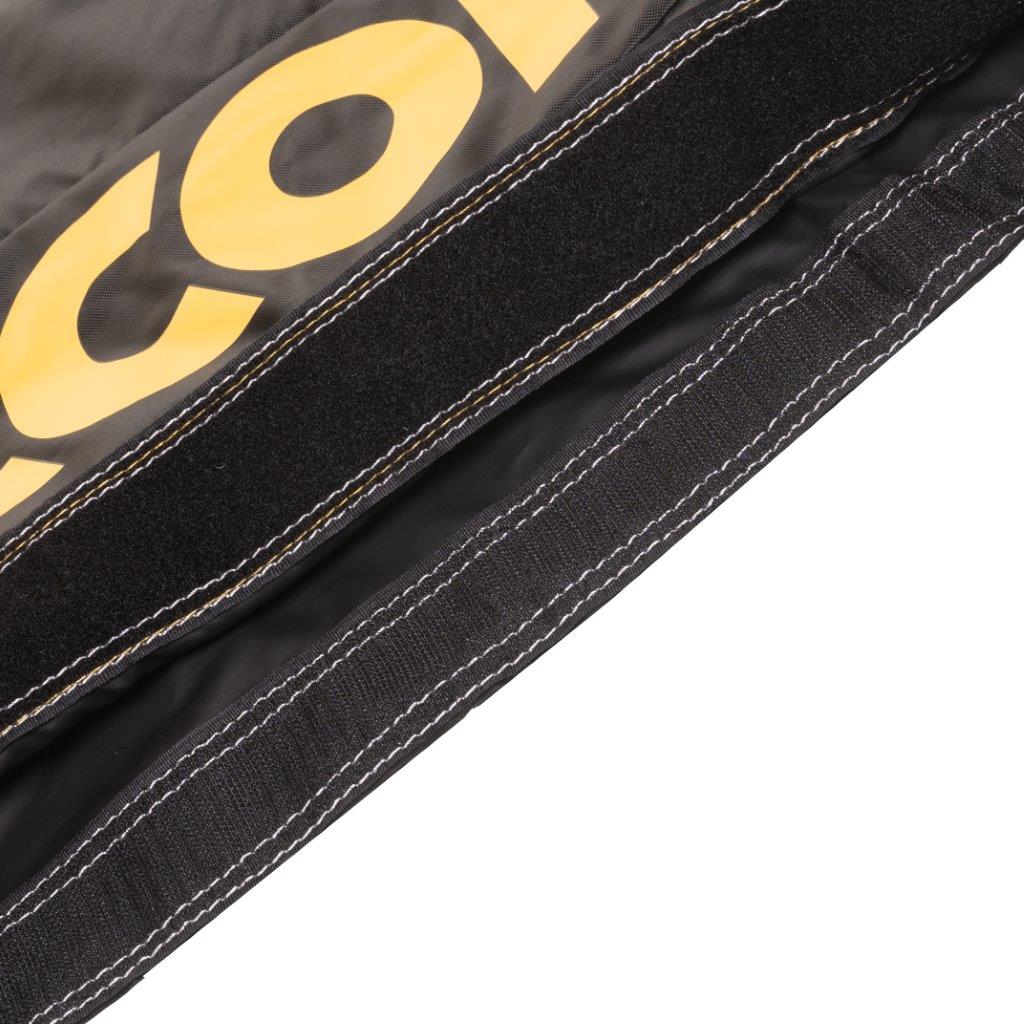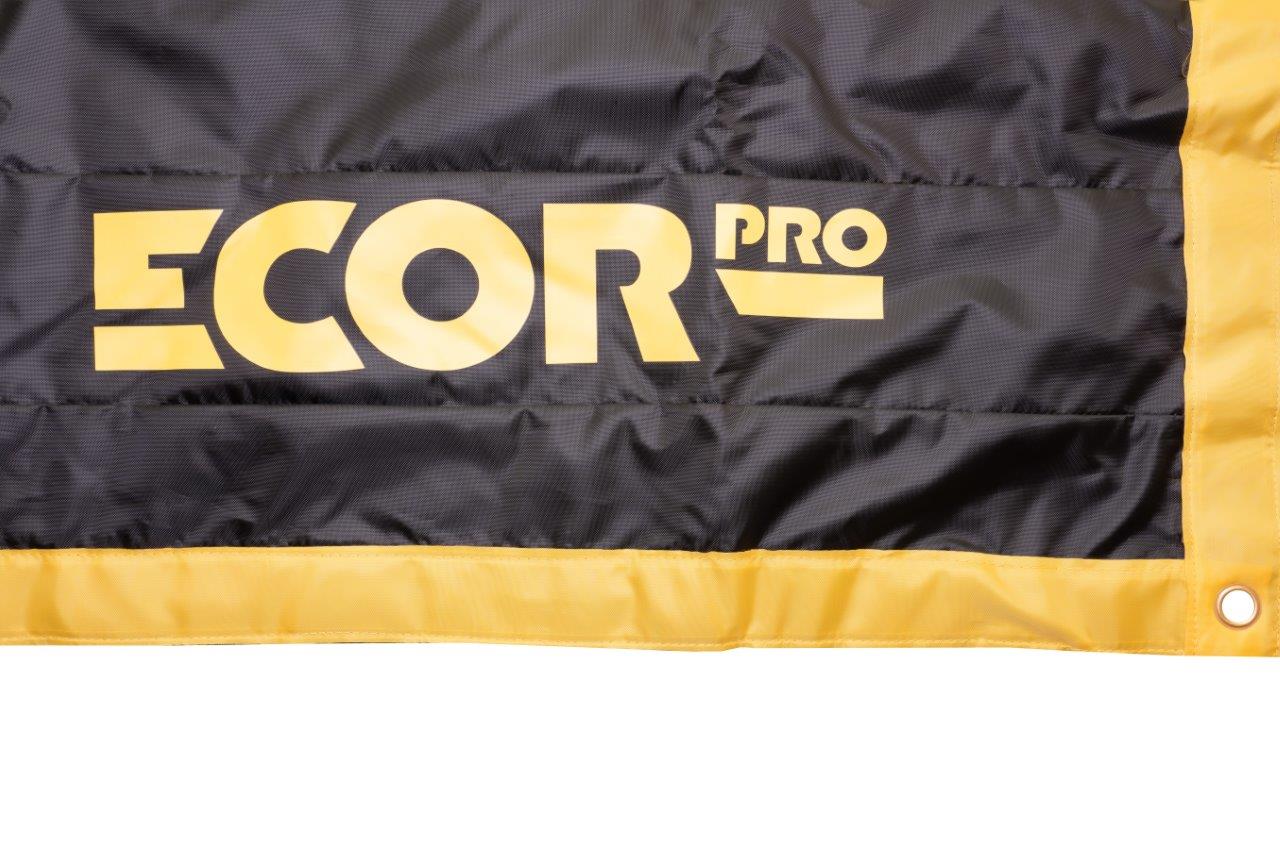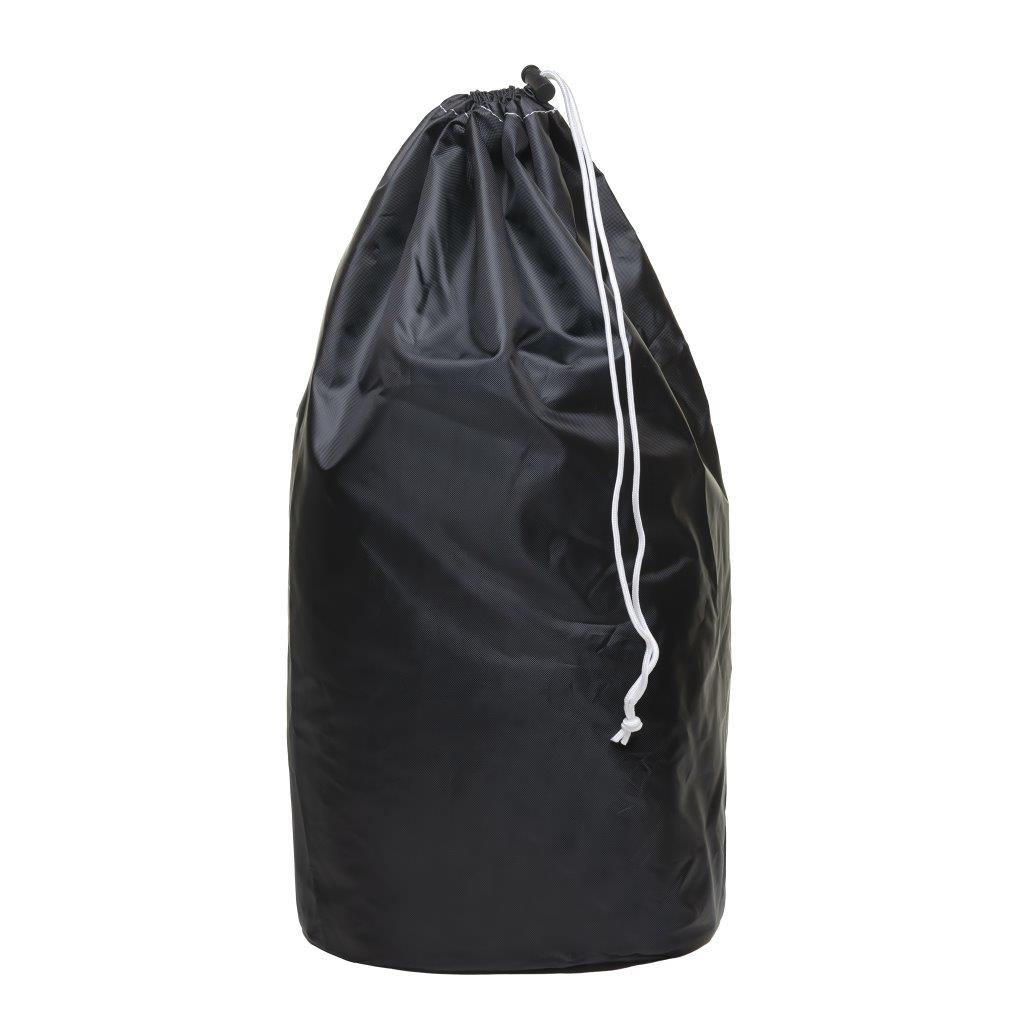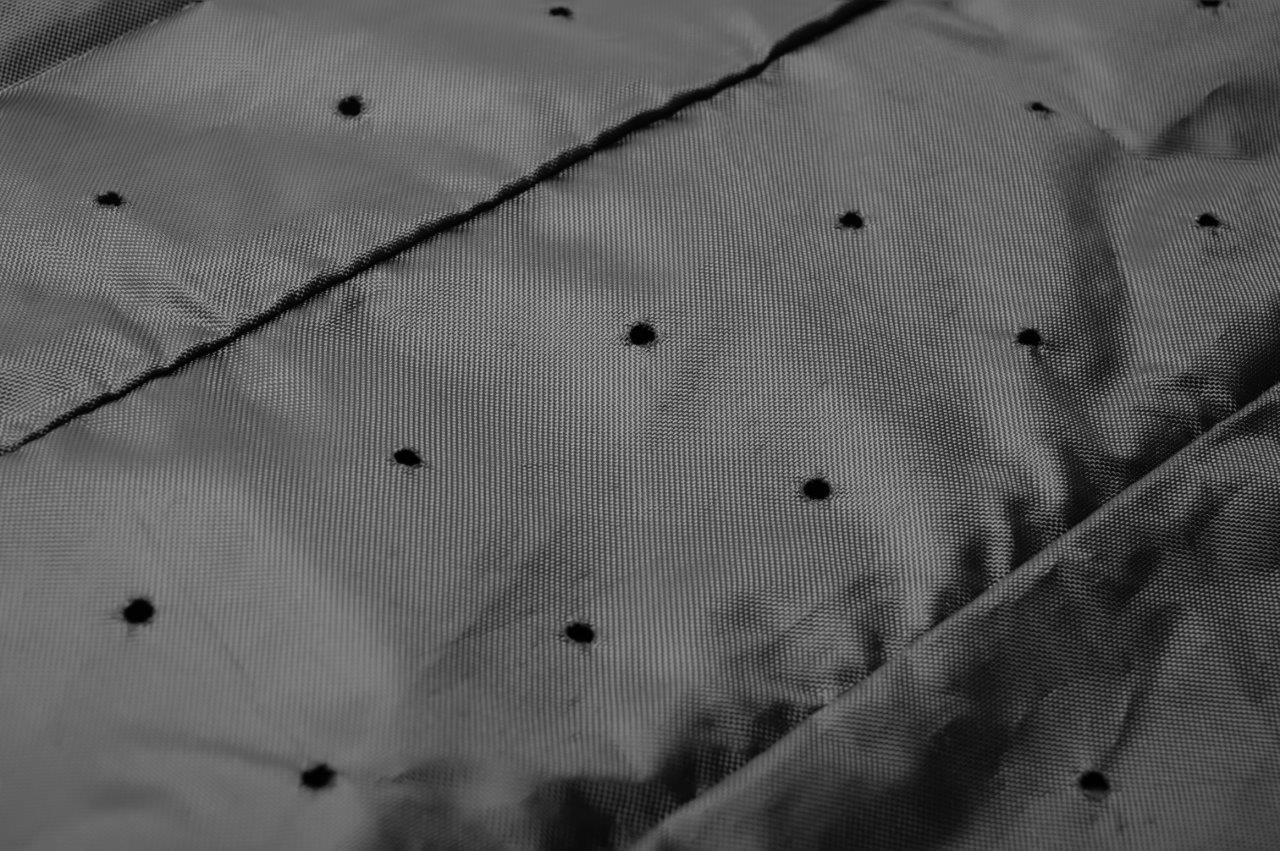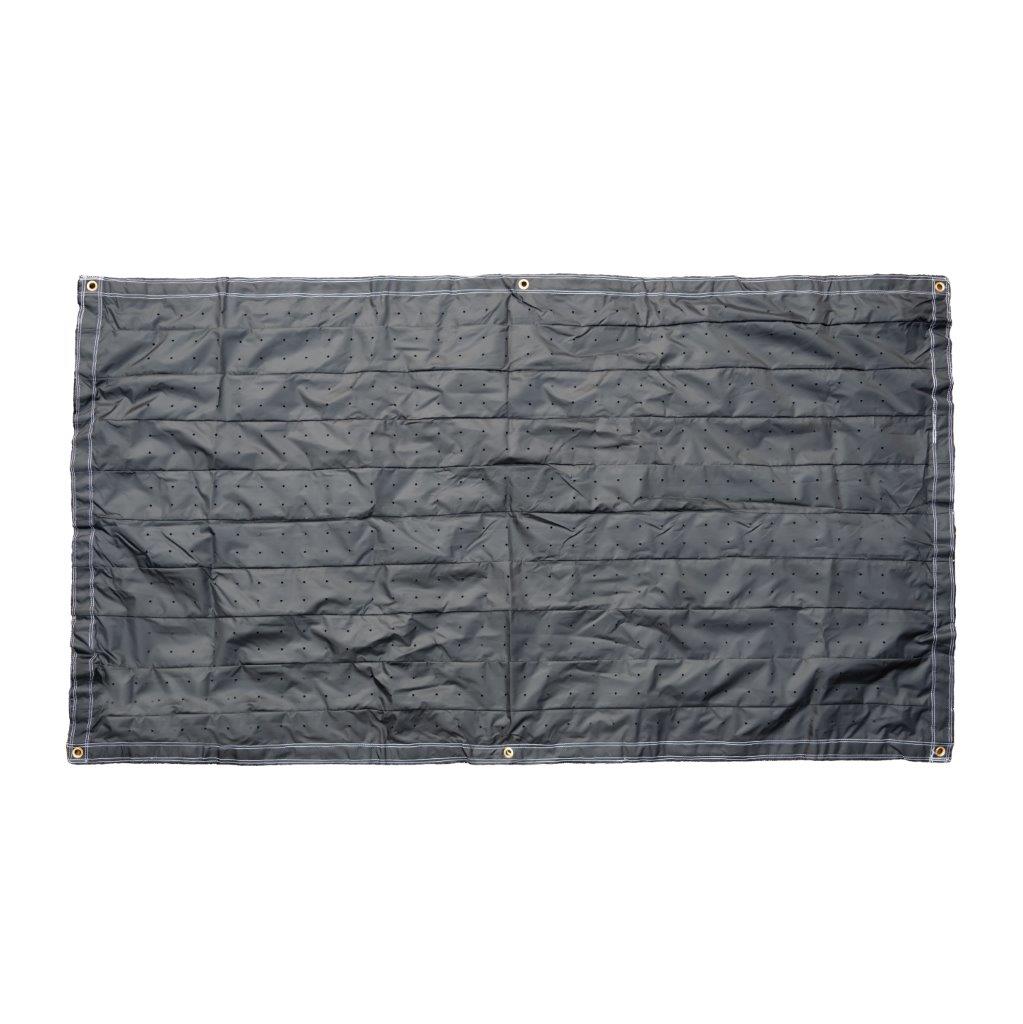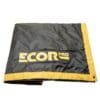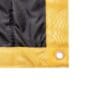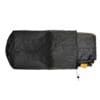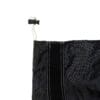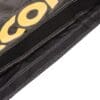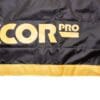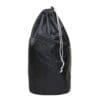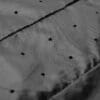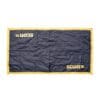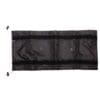-
Durable, Lightweight, and Compact (3m x 2m / 9′ x 6′): Designed for easy handling and long-lasting performance, this mat comes complete with a convenient nylon bag for hassle-free storage and transport.
-
Efficient Drying: During operation, you can place equipment directly on the mats, maximizing efficiency without disruption.
-
Scalable Design: For larger areas, simply connect multiple mat systems seamlessly using the additional connector, ensuring complete coverage.
-
Advanced Micro-Jet Technology: By breaking the boundary layer, this technology delivers targeted energy. Additionally, you can incorporate another drying system for wall cavities and floors to enhance performance.
-
Precision Drying: Directly channels energy to the areas that need it most, ensuring optimal results and faster drying.
-
Easy Maintenance: To maintain cleanliness and ensure thorough decontamination, the mats can be jet-washed, steam-cleaned, or machine-washed after each use.
Additional Parts:
Key Features:
-
Nylon Carrying Bag: Keep the mat clean and organized during transport with the included drawstring carrier, ensuring easy storage and mobility.
-
Reinforced Nylon Fabric: Featuring four seams that securely hold the Velcro edge in place, along with 98 internal supports that prevent overinflation and maximize the use of dry or heated air.
-
Trip Hazard Edge: With high-contrast, easy-to-see edges, the mat reduces the risk of tripping, enhancing safety during use.
-
Velcro Edges: The durable Velcro allows for system expansion using connection pieces (EPAIRMAT-CON) or additional polytube spigots (EPAIRMAT-PIP) to inject dry air into floors and walls. Sold separately.
-
Velcro Edge Support: When higher airflow is required, the force may exceed the capacity of the Velcro fastenings. In such cases, add the optional EPAIRMAT-STR strap, which secures both the fan and mat firmly in place.
